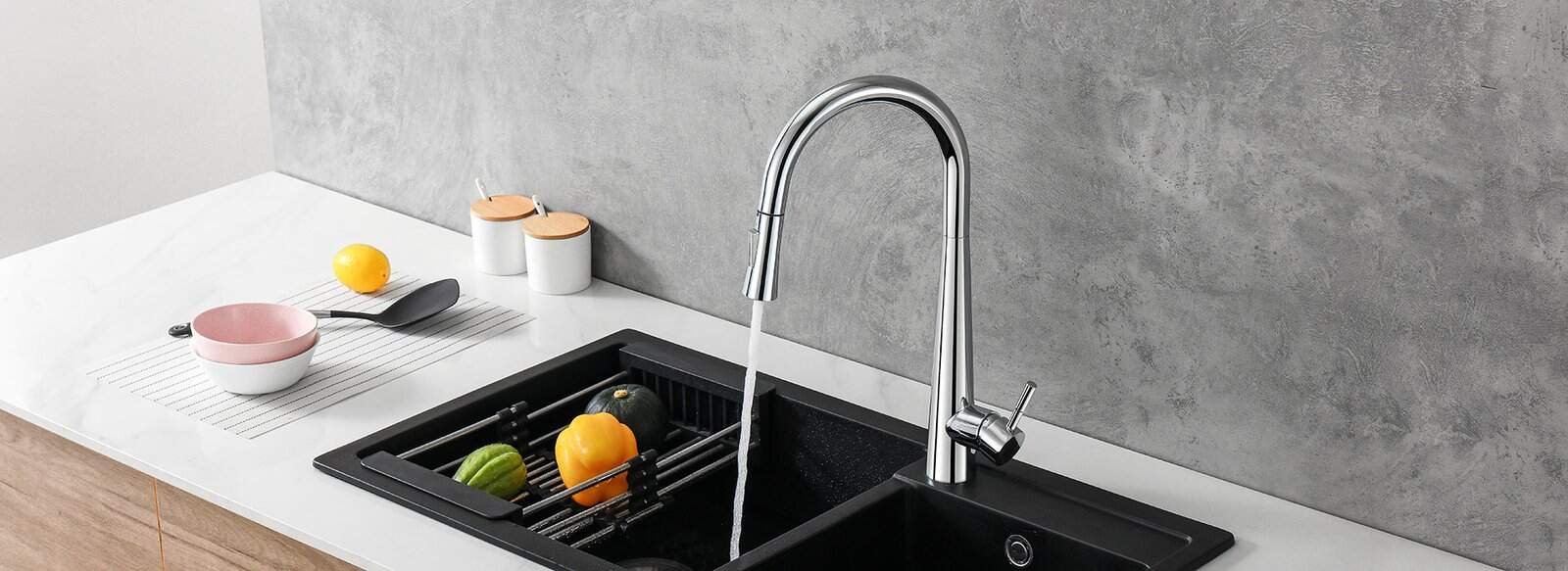Your kitchen faucet might be dripping, worn, or simply outdated. When it’s time for a replacement, the big question is: “How much will it cost?”
With countless options, installation methods, and possible hidden fees, it’s easy to feel unsure.
Here, I’ll break down everything—faucet prices, professional installation costs, and even unexpected expenses—so you can make the best choice for your home and budget.
Table of Content
Understanding the Core Costs: What You Can Expect to Pay
When replacing a kitchen faucet, two main costs are involved: the faucet itself and installation labor. A standard job typically runs $150–$600, but prices can be as low as $90 if you handle some work yourself, or over $1,000 for high-end faucets with complex professional installs.
Average figures vary—some sources report $195, others $300—mainly due to differences in what’s included. The ranges I’m giving cover both labor and faucet, offering a realistic view.
Let’s break down those core components:
The Cost of the Faucet Itself: Finding Your Perfect Match
This is often the biggest part of your budget and the area where you have the most control. Faucet prices range from $40 for a basic model to over $2,000 for high-end designs. I group them into tiers, as different types, styles, and finishes naturally fit these categories.
Budget-Friendly Faucets (Typically $40 – $150)
If you’re looking for a straightforward replacement without a lot of bells and whistles, this is your sweet spot.
You’ll find many standard kitchen sink faucets here, often with a single handle for easy temperature control.
Chrome is a common and affordable finish in this range, known for its durability and easy cleaning.
I think these are great for rental properties, utility sinks, or if you just need a reliable, functional faucet without a big investment.
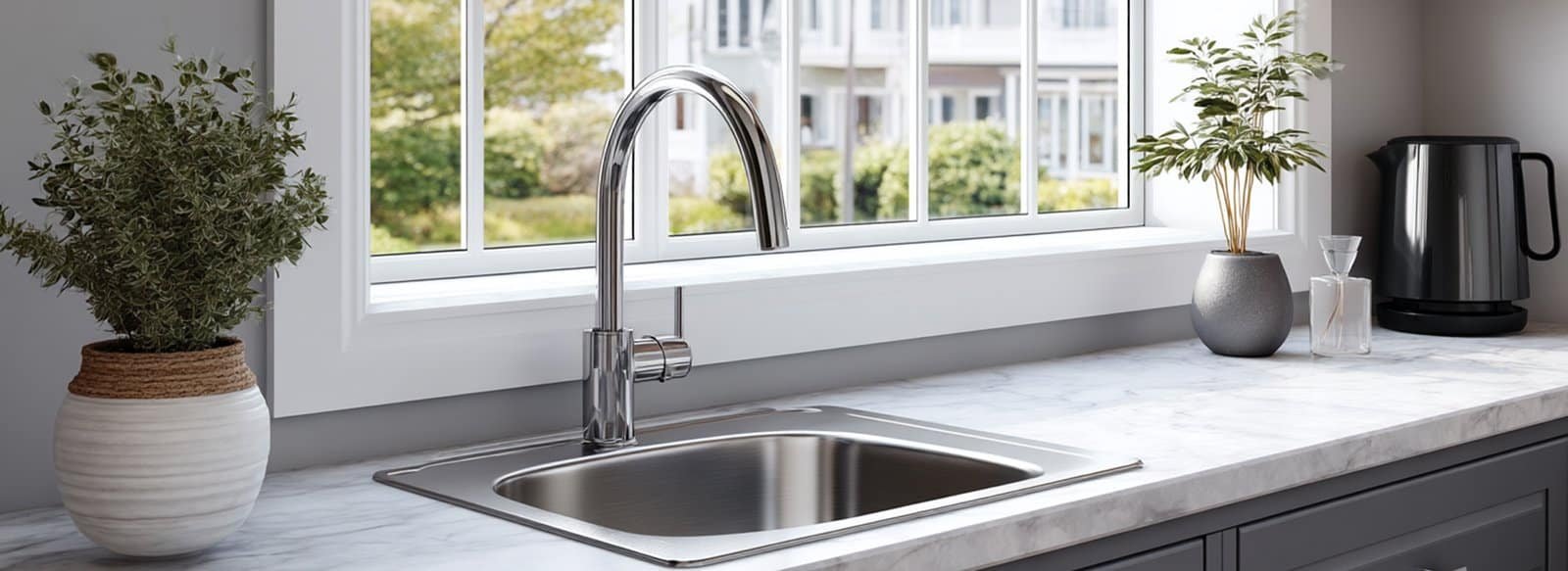
- Mid-Range Faucets (Typically $150 – $500)
- This is where you start to see a significant jump in features, style options, and material quality.
- Many popular pull-down or pull-out sprayers fall into this category, offering great convenience for washing dishes and cleaning the sink.
- You’ll find a wider selection of finishes like brushed or matte options, and durable stainless steel.
- Dual-handle styles and some bar/prep faucets also fit comfortably here.
- I believe this range offers the best balance of value, aesthetics, and functionality for most homeowners.
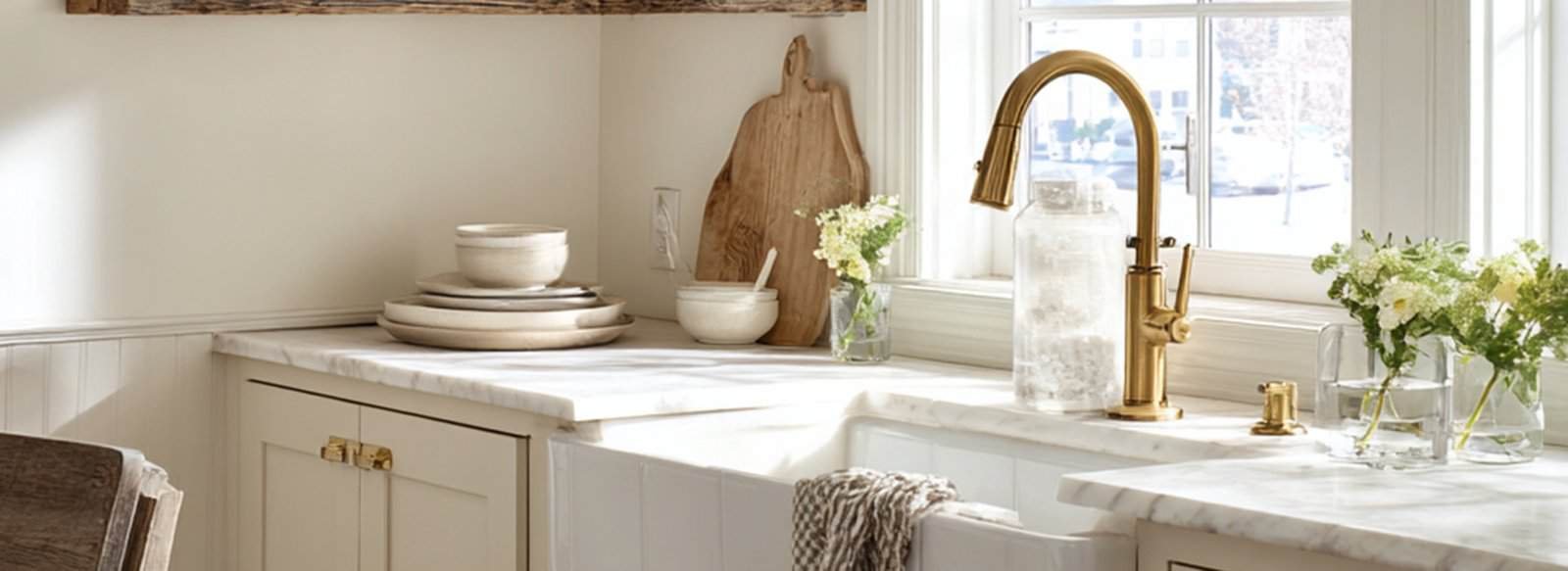
- Premium & Specialty Faucets (Typically $500 – $2,000+)
- If you want a statement piece, advanced tech, or specialized features, this is your tier.
- Touchless faucets start around $150 but often run $300–$900.
- Luxury finishes like brass or bronze, and styles like bridge or wall-mounted faucets, can cost $200–$1300, with installation often raising the total due to plumbing changes.
- Pot fillers run $150–$900 and are specialty items.
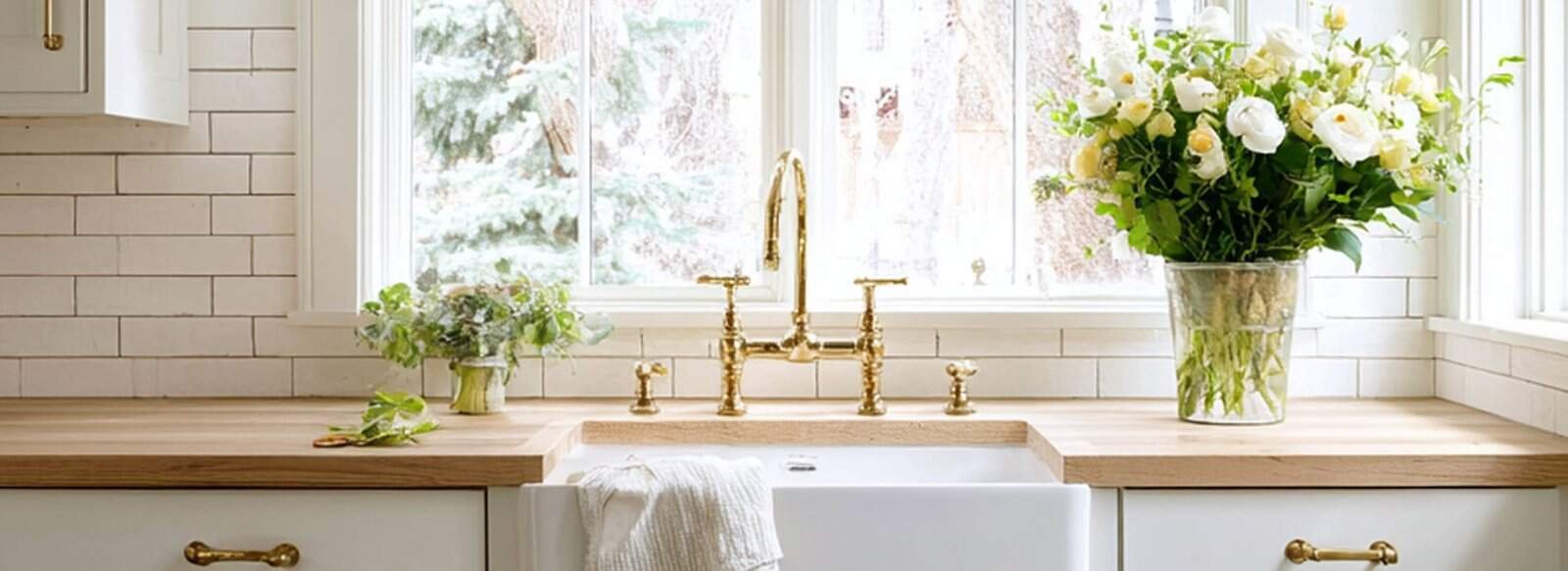
Labor Cost for Professional Installation
If you hire a pro, labor is your second major cost. Licensed plumbers charge $45–$200 per hour, with basic installations running $120–$350. Complex jobs can reach $400–$800 or more. Some offer a flat rate of $476–$777, which provides a clear upfront cost and avoids surprises if the work takes longer.
Beyond the Basics: Understanding Additional and Unexpected Costs
While the faucet and labor are the main components, I’ve found that many homeowners overlook potential additional costs that can significantly impact their budget. Being aware of these upfront helps you avoid surprises.
Here are some common additional cost factors:
Add-on Features
If you’re upgrading beyond a basic faucet, these can add up:
- Built-in soap dispenser: $15–$50
- Faucet extenders: Starting at $5
- Water filtration systems: $50–$600
- Hot water dispensers: $400–$900 (total installed cost)
- Garbage disposal installation: $100–$600
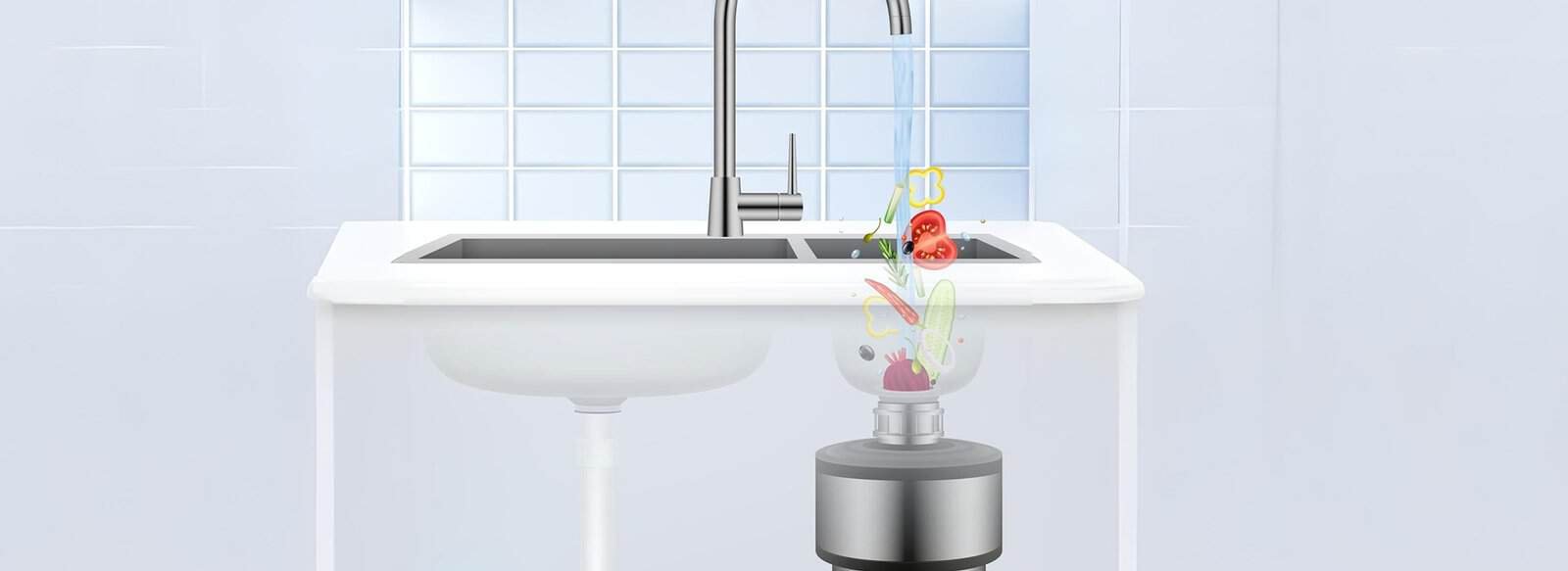
Permits
Depending on your local regulations and the scope of work, you might need a plumbing permit. These can typically range from $100 to $250, but I’ve seen them vary widely based on location and project complexity. I always recommend checking with your local building department or a reliable resource like your city’s official website for specific requirements.
Hidden Water Damage
This is rare but can happen. If your plumber discovers water damage from a previous leak, repairing it immediately is crucial. Leaky faucet repair can range from $100 to $850, depending on the severity and complexity of the leak.
Countertop Modifications
If your new faucet requires a different number of holes or a larger opening than your existing setup, you might incur additional costs. Drilling a new hole can cost $50 to $100. Keep in mind that some installation services, like Home Depot, might not drill countertops or modify cabinets.
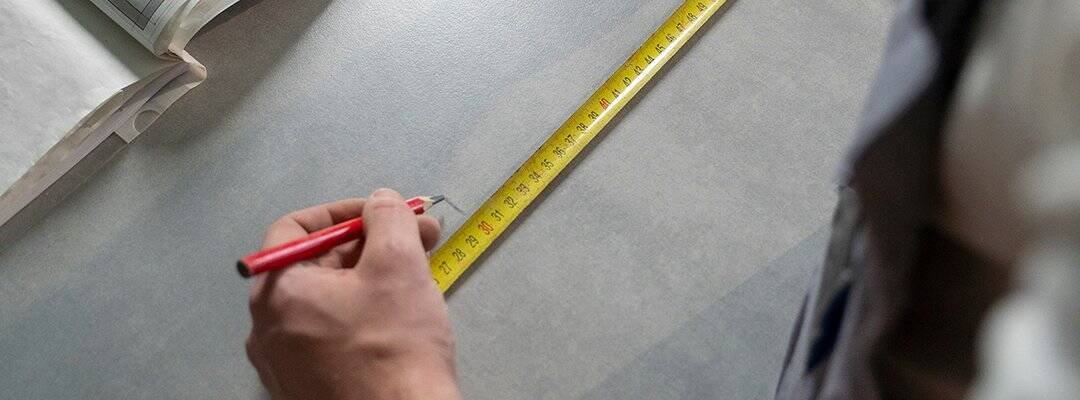
Plumbing Relocation or Complexities
This is where costs can really jump. Significant plumbing modifications, such as rerouting pipes for a wall-mounted faucet or moving a sink, can range from $600 to $3,000 or more. For example, moving a faucet to a new location, like a kitchen island, can add $500 or more because it often requires routing pipes under the flooring and up through the island.
Old Faucet Removal Issues
Sometimes, removing the old faucet can be tricky due to rusted valves, stripped bolts, or difficult access. This can increase labor time and cost.
DIY vs. Professional Installation: Making the Right Choice
One of the biggest decisions you’ll face is whether to tackle the replacement yourself or hire a professional. I’ve seen many people save money by going the DIY route, but it’s not for everyone.
DIY Approach: Saving Money, But With Caveats
If you’re comfortable with basic plumbing and have the right tools, doing it yourself can save you an average of $150 or more on labor costs. However, I want to be clear: while you save on labor, you’re investing your own time and potentially the cost of tools you don’t already own.
DIY Self-Assessment Checklist:
- Do you have the right tools? You’ll likely need a basin wrench, pipe cutters, plumber’s putty, and a bucket. If you have to buy these, it adds to your cost. You can find guides on essential plumbing tools at sites like This Old House».
- Are you comfortable working in tight spaces? Under-sink areas can be cramped and awkward.
- Do you understand basic plumbing connections? Improper connections can lead to leaks, which can cause significant water damage (costing $200-$330 to repair).
- Are you prepared for unexpected issues? Rusted bolts, corroded pipes, or stripped screws can turn a simple job into a frustrating ordeal.
- Do you have time? A simple DIY replacement might take 2-8 hours, but complex issues can extend that significantly.
I’ve seen cases where a DIY attempt ends up costing more than hiring a pro because of mistakes or the need to buy specialized tools. Plus, you won’t have a labor warranty if you do it yourself.
Professional Installation: Peace of Mind and Expertise
Hiring a professional plumber offers peace of mind. They have the expertise, tools, and experience to handle any unexpected issues quickly and efficiently. They also typically provide a labor warranty, ensuring the job is done right.
Here’s a quick comparison to help you decide:
| Category | DIY Approach | Professional Installation Approach |
|---|---|---|
| Upfront Labor Cost | $0 (your time is the investment) | $92–$777 (typical range) |
| Tool/Material Cost | Purchase tools if needed; cost of new faucet | Cost of new faucet; plumber may provide minor materials |
| Time Commitment | Varies significantly (2-8+ hours) | Typically 1-2 hours for simple jobs, up to 8+ for complex |
| Skill Level Required | Basic plumbing knowledge, mechanical aptitude | Expert plumbing skills, experience with various systems |
| Potential Risks/Pitfalls | Water damage, stripped bolts, improper connections, inability to complete job | Minimal risk to homeowner; professional carries insurance |
| Warranty/Guarantee | Faucet warranty only; no labor warranty | Faucet warranty plus labor warranty from professional |
| Long-Term Cost Implications | Potential for higher long-term costs due to errors or premature failure | Generally lower long-term costs due to proper installation |
Repair vs. Replace: When to Fix and When to Upgrade
Many people start looking into replacement costs because their current faucet is giving them trouble. But how do you know if you should repair it or just replace it entirely? I think this is a crucial decision point.
Consider the Faucet’s Age
If your faucet is relatively new (say, less than 5-7 years old) and the issue is minor, a repair might be the most cost-effective solution. However, if it’s an older faucet (10+ years), replacement often makes more sense, as parts might be harder to find, and other components could soon fail.
Identify the Problem
- Leaky Faucet: If the spout drips, it’s often just an O-ring or cartridge replacement—an inexpensive DIY or quick plumber fix. A leak at the base or under the sink may signal a bigger problem or internal corrosion. Repairs typically cost $200–$330.
- Low Water Pressure: This could be a clogged aerator (an easy fix) or a sign of mineral buildup inside the faucet, which might be harder to clean effectively.
- Visible Corrosion or Damage: If the faucet is corroded, cracked, or has significant aesthetic damage, repair isn’t usually an option, and replacement is necessary.
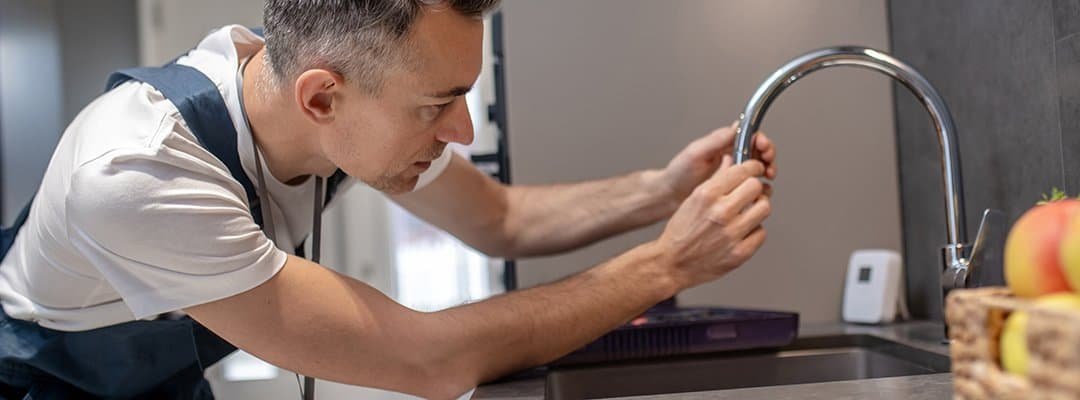
Cost of Parts vs. New Faucet
Sometimes, replacement parts for older or less common faucets can be surprisingly expensive, making a new, basic faucet a more appealing option.
Aesthetic Upgrade
If your faucet is fully functional but simply doesn’t match your updated kitchen, then replacement is purely an aesthetic choice.
Choosing the Right Faucet: Beyond Just the Price Tag
Once you’ve decided to replace, the next step is choosing the perfect new faucet. I know it’s easy to get caught up in the cost, but I encourage you to think holistically about what you need and want.
Here are key factors to consider beyond just the price:
Compatibility with Your Sink and Countertop
- Number of Holes: Your existing sink or countertop likely has 1, 2, 3, or 4 holes. You need a new faucet that matches this configuration, or you’ll face additional costs for drilling new holes or using a deck plate to cover extra ones.
- Sink Depth and Basin Size: A very tall faucet might splash too much in a shallow sink, while a short one might not reach far enough into a large basin. Consider the scale.
- Clearance: Make sure there’s enough space between the faucet and your backsplash or window sill for comfortable operation.
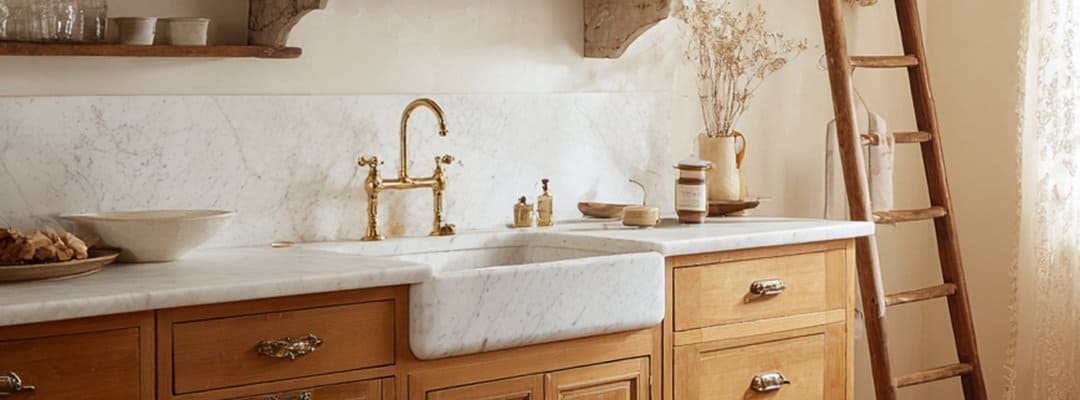
Functionality and Features for Your Lifestyle
- Pull-Down or Pull-Out Sprayer: These are incredibly popular for their versatility in washing dishes and cleaning the sink.
- Touchless Operation: Offers convenience and hygiene, but adds to the cost.
- Integrated Water Filtration: Provides filtered water directly from the tap.
- Instant Hot Water Dispenser: Great for quick hot drinks or speeding up cooking.
- High Arc vs. Low Arc: High-arc faucets offer more clearance for large pots, while low-arc designs are more discreet.
Aesthetics and Style
Your faucet is a prominent feature in your kitchen. I think it should complement your kitchen’s overall design, whether it’s modern, traditional, farmhouse, or industrial. Consider the finish (chrome, stainless, bronze, etc.) and how it ties into your existing hardware and appliances.
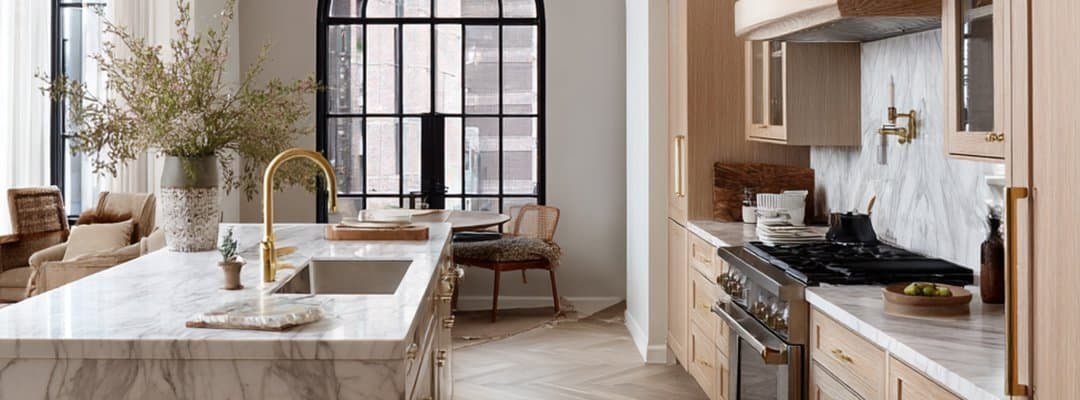
Durability and Maintenance
- Material Quality: Higher-quality materials and construction generally mean a more durable faucet that will last longer and require less maintenance.
- Spot-Resistant Finishes: These can save you time on cleaning and keep your faucet looking new.
- Warranty: Look for faucets with good warranties on both the finish and the function.
Local Costs and Vetting Professionals: Getting Accurate Quotes
While national averages are a good starting point, I can’t stress enough how much location impacts your final cost. Plumber rates, permit fees, and even the cost of materials can vary significantly from one city or region to another. For example, plumber hourly rates can range from $22.71 in Florida to $34.42 in Washington.
Here’s how you can get accurate local estimates and find a reliable professional:
Get Multiple Quotes
I always recommend contacting at least three licensed plumbers or reputable home service companies in your area. This allows you to compare pricing and understand what’s included in each quote.
Ask for a Detailed Breakdown
Make sure the quote clearly separates the cost of the faucet (if they’re supplying it) from the labor, and lists any potential additional charges like trip fees.
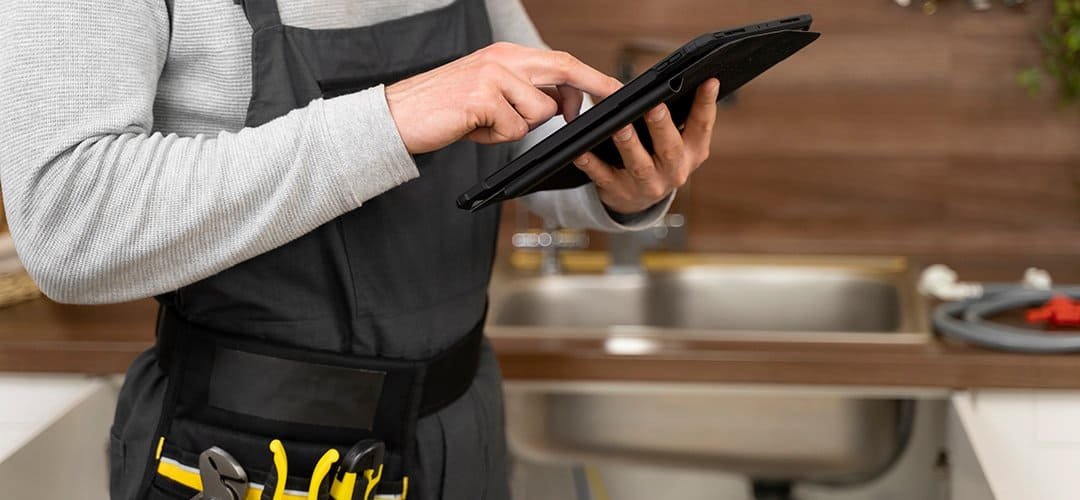
Clarify What’s Included
Ask if the quote includes removal and disposal of your old faucet (many do) , new supply lines (often provided) , and any necessary minor repairs.
Check Credentials and Reviews
Before hiring anyone, I always advise checking their licensing, insurance, and reviews on platforms like the Better Business Bureau» or Google. Look for evidence that other projects went successfully.
Inquire About Permits
Ask your chosen professional if a permit is required for your specific job. They should be knowledgeable about local regulations. You can also check your local government’s building department website for permit information.
Beyond Installation: The Total Cost of Ownership
When you’re making a significant purchase like a kitchen faucet, I think it’s smart to consider the “total cost of ownership” – not just the upfront price, but the value it provides over its lifespan.
Longevity
A higher-quality faucet, while more expensive initially, can last significantly longer, reducing the frequency of future replacements. This means less hassle and potentially lower costs over time.
Water Efficiency
Look for faucets with WaterSense certification. These models use less water without sacrificing performance, which can lead to noticeable savings on your utility bills over the years. You can learn more about WaterSense at the EPA’s website».
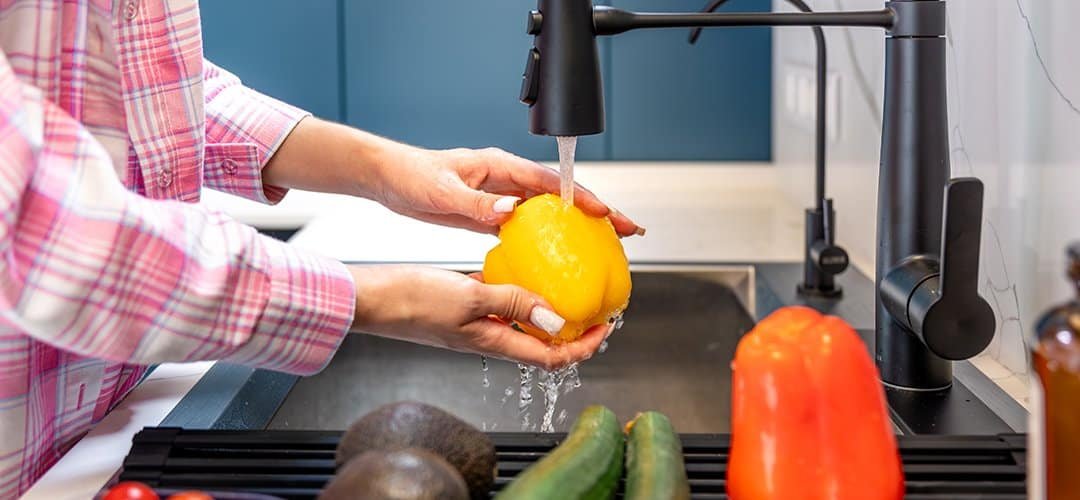
Maintenance and Repairs
A well-built faucet from a reputable brand is less likely to develop leaks or require frequent repairs. This saves you money on parts and potential plumber visits down the line.
Home Value
While a new faucet alone won’t drastically increase your home’s value, a mid-range faucet (around $200-$300) with desirable features like a pull-down sprayer and a spot-resistant finish can appeal to potential buyers and offer a good return on investment if you’re planning to sell. You can find more insights on home value and renovations from organizations like the National Association of Realtors».
Making Your Final Decision
You’ve got the information, now it’s time to decide. I believe the best choice for you depends on your specific situation and priorities:
- On a tight budget and handy with DIY? Choose a basic faucet ($40–$150) and install it yourself, but know your limits and expect possible surprises.
- Want cost and convenience? Pick a mid-range faucet ($150–$500) and hire a pro for quality and peace of mind.
- Looking for long-term value? Invest $500+ in a high-end model with features like touchless control or filtration, and have a skilled pro install it.
- If your faucet just has a minor leak, check for a simple O-ring or cartridge fix. For older or badly leaking faucets, replacement is often the smarter choice.
Ultimately, replacing your kitchen faucet is an investment in your home’s functionality and aesthetic. By understanding all the cost factors and making informed choices, you can ensure a smooth process and a result you’ll love for years to come.



